When the Photograph is the Memory
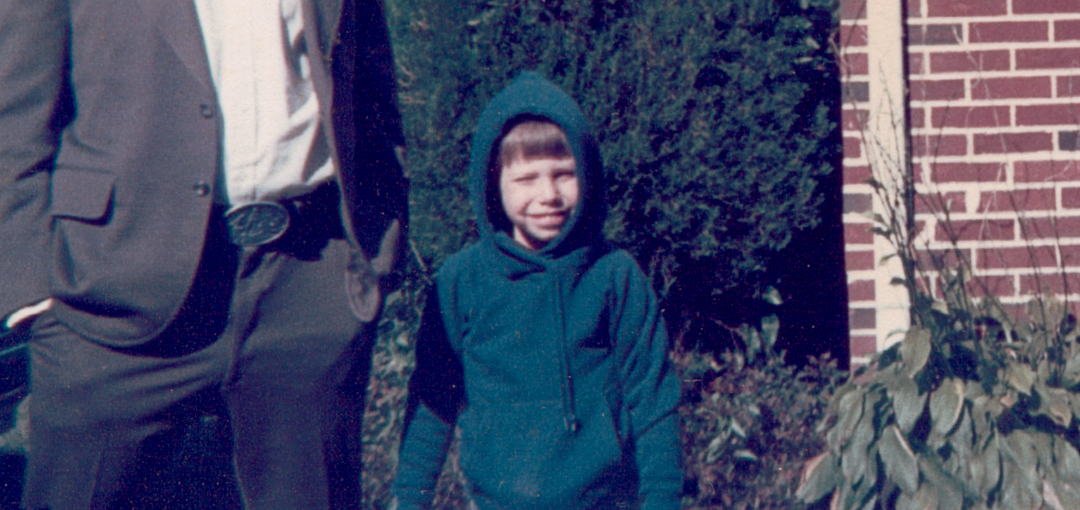
A few months ago, my aunt, Barbara “Barb” (Hagenbuch) Huffman, sent me a photograph that had been taken by my grandmother, Irene “Nana” (Faus) Hagenbuch (b. 1920). The image depicts my grandfather, Homer “Pop” S. Hagenbuch (b. 1916), standing with me. We are looking at the camera. To the right are my parents, Mark and Linda (Gutshall) Hagenbuch. They are smiling at me and likely believed they weren’t going to be in the picture. Nana, however, captured everything she saw in front of her—the subjects and the onlookers! I set the snapshot aside and forgot about it.
Last week, the photo resurfaced, and I took a second look at it. I immediately noticed that there was no date on the back. I also realized Pop and my father were nicely dressed, while my mother and I were in casual clothing. What was the occasion, I wondered. I fired off a few emails, one to Aunt Barb and another to my parents. Sadly, nobody remembered the events surrounding the picture, which got me thinking.
As part of a college course, I was asked to read a few essays from Susan Sontag’s 1977 book, On Photography. I remember speaking with a classmate about the assignment and poking fun at it by saying something like, “Sontag has written that a photograph is like a memory. How obvious!” I didn’t think much of the essays at the time.
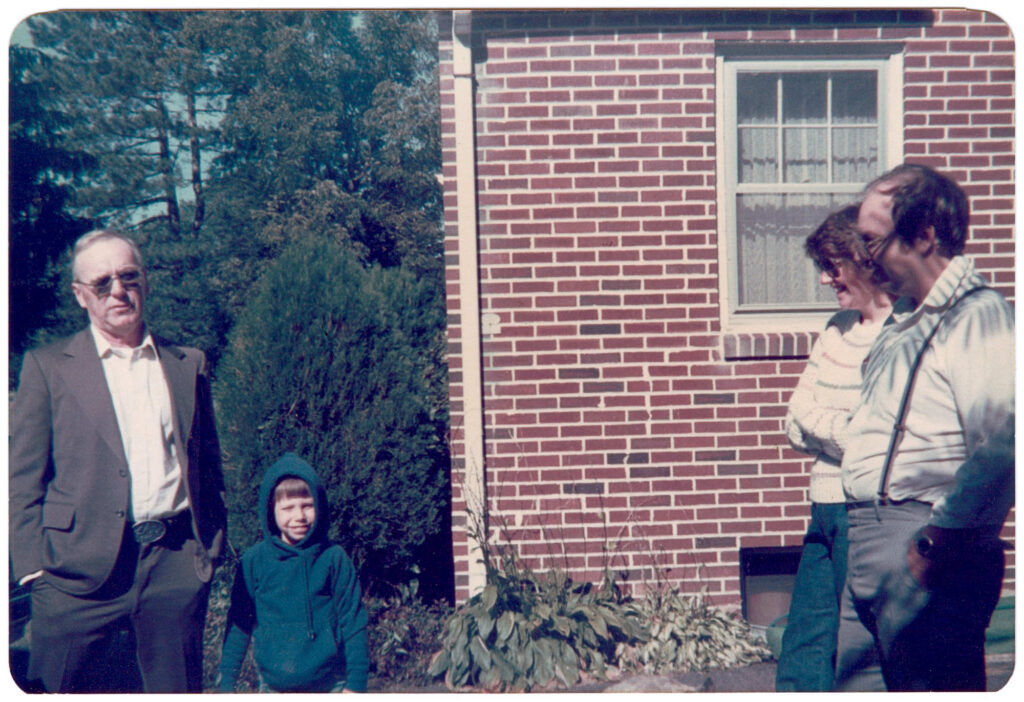
Homer S. Hagenbuch stands beside his grandson, Andrew, for a picture. Mark and Linda (Gutshall) Hagenbuch look on, while Irene (Faus) Hagenbuch snaps the photo, 1985
Two decades after reading her essays, I returned to Sontag’s thoughts on photography. In particular, I was drawn to this passage: “[Photographs are] not so much an instrument of memory as an invention of it or a replacement of it.” As I pondered this, I realized that I had either misread or misunderstood Sontag while in college.
What I once believed said “a photograph is like a memory” was actually stating “a photograph is the memory.” This minor change in language led to a substantial difference in meaning and made Sontag’s quote more insightful. It also perfectly described my experience with the snapshot I had received from Aunt Barb.
No one alive could remember the circumstances behind the photograph. That is to say, we could observe the moment captured in the picture, and yet, none of us had any recollection of this long-forgotten moment. The photograph was now the memory. But, what exactly could we piece together from it?
Here is where the fun part began, at least for me. Everyone agreed where the image was taken: in the driveway of my parents’ first house that was located in Hummels Wharf, Pennsylvania. There were several interesting details in the picture too. First, the small metal plate to the right of the downspout. I asked my parents what this was, and they remembered. It was a certification plate for the lightning rod system that was installed in the home.
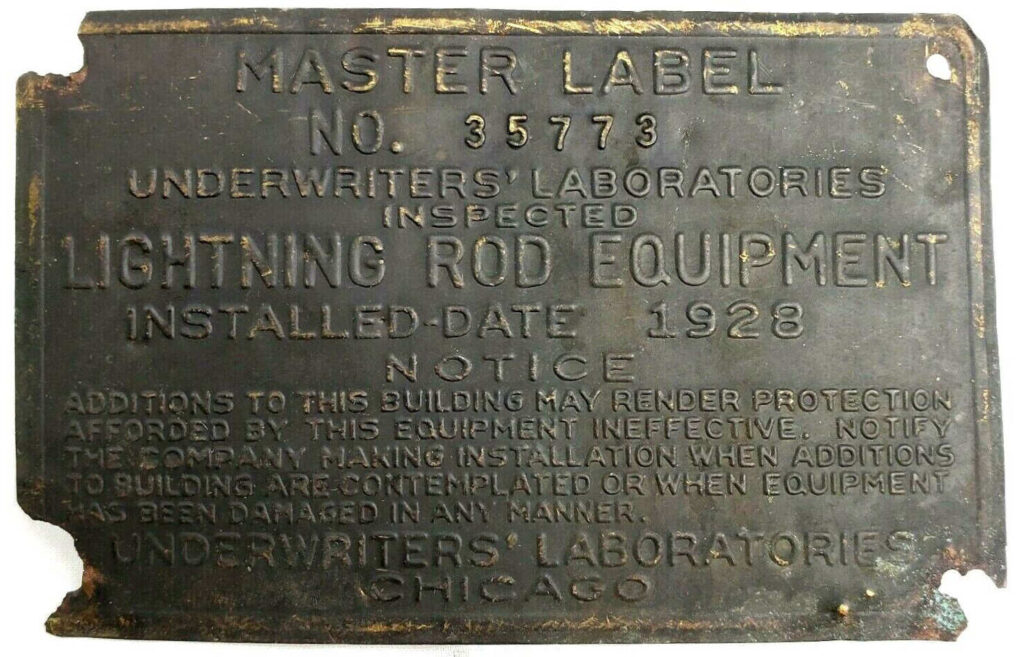
A lightning rod certification plate, similar to the one in the photograph. Credit: ebay.com/bottlebingbottlebroome
Another curious element was Pop’s belt buckle. I could tell this included some sort of figure on it, but I couldn’t make out anything further. My father immediately recognized it as a buckle that Pop owned and that depicted George Washington crossing the Delaware River. Today, this same belt buckle is embedded into concrete at my parents’ house in remembrance of Pop. Unfortunately, none of these details revealed the events that led to the photograph being taken. To have any chance of that we would have to estimate the date it was captured.
Looking at my physical appearance in the image, I quickly guessed 1985 or 1986. The hostas along the house provided another clue. Hostas usually throw up their stringers and flower between May and August. These hostas appeared to have already bloomed. This observation, when considered with my hooded sweatshirt and my mother’s sweater, suggested the photo was taken on a cool afternoon in the early fall.
When I mentioned my theory to my mother, she reminded me that my youngest sister, Julie, was born at the end of 1986. If the picture was taken in the fall of that year, my mother would have been wearing maternity clothing, which she was not. As a result, we settled upon a date of late September or early October in 1985.
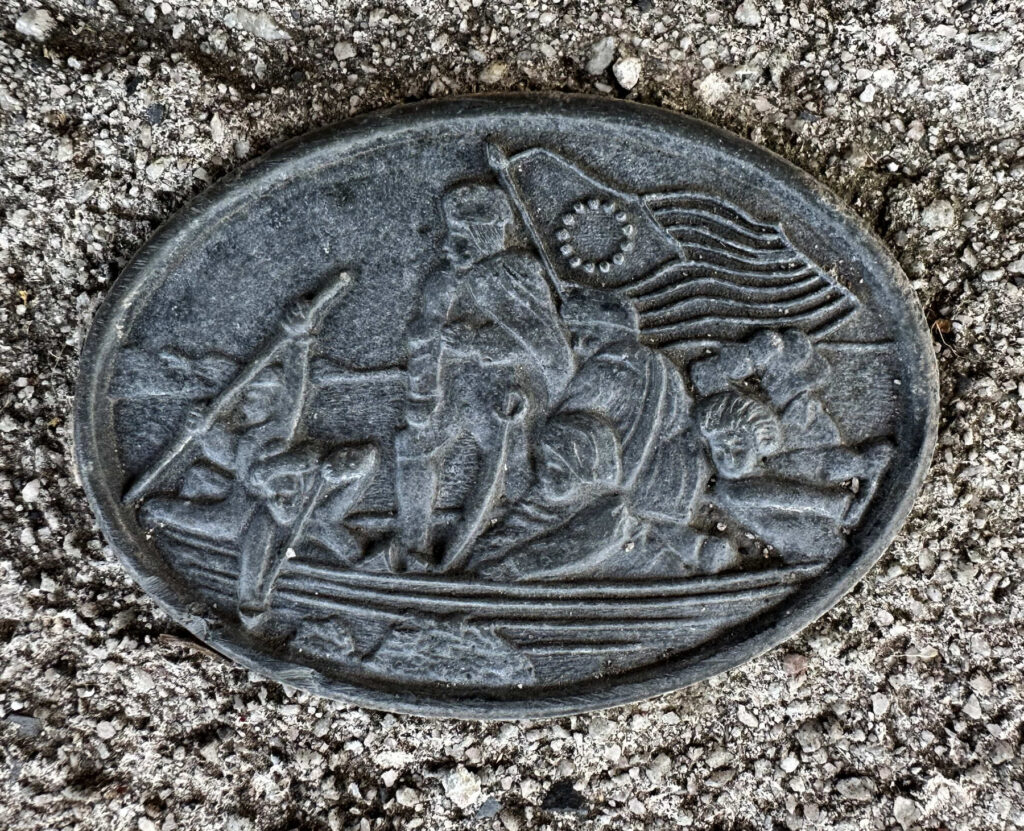
Pop’s belt buckle, as seen in the photograph, depicting George Washington crossing the Delaware River
But what event had brought Nana and Pop to my parents’ house and caused them, along with my father, to wear nicer clothing? This proved to be the most difficult question to answer. We kicked around several ideas until one seemed to fit. In 1985, my father had been an organist at the Catawissa Avenue United Methodist Church in Sunbury, PA. He recalled one Sunday that Nana and Pop visited, so they could listen to him play during the service. Afterwards, they came back to our house for lunch. While he still didn’t remember the photograph being taken, this narrative was the most reasonable explanation of the photograph and its forgotten memory.
Writing this now, I am reminded of the many pictures in the Hagenbuch Archives that are without context. If we are lucky, we may know the names of the people in an image and the year it was shot. However, as is so often the case, we are lacking enough detail to fully describe what led to a photo being taken. This information is essential to the process of remembering too.
A photograph can be the memory of a moment—and a useful one at that. Although the instant captured in an image remains incomplete. Instead, it is the personal stories and recollections that complement a picture which make it an effective illustration of the past.

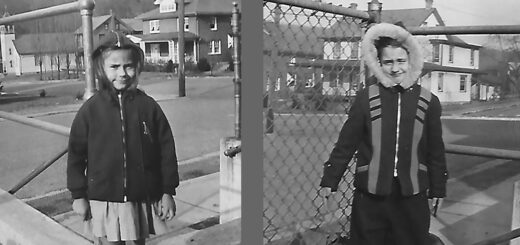
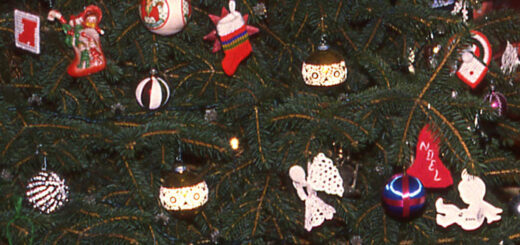
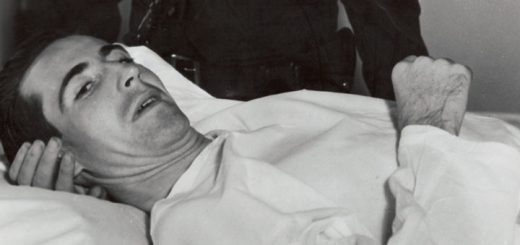













Dear Andrew, At last, hostas have worked their ways onto our website. As a collector of them for about 70 years, it gives me a chuckle to see them used as an essential “dating tool”!
Hi Robert. That’s a great fact. I had no idea hostas were a collector’s item! Thanks for continuing to follow our site 🙂